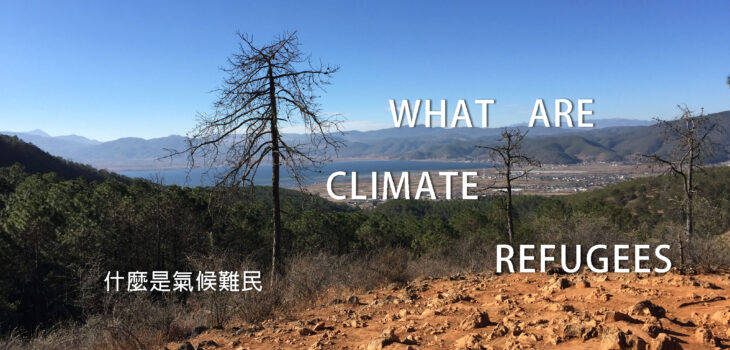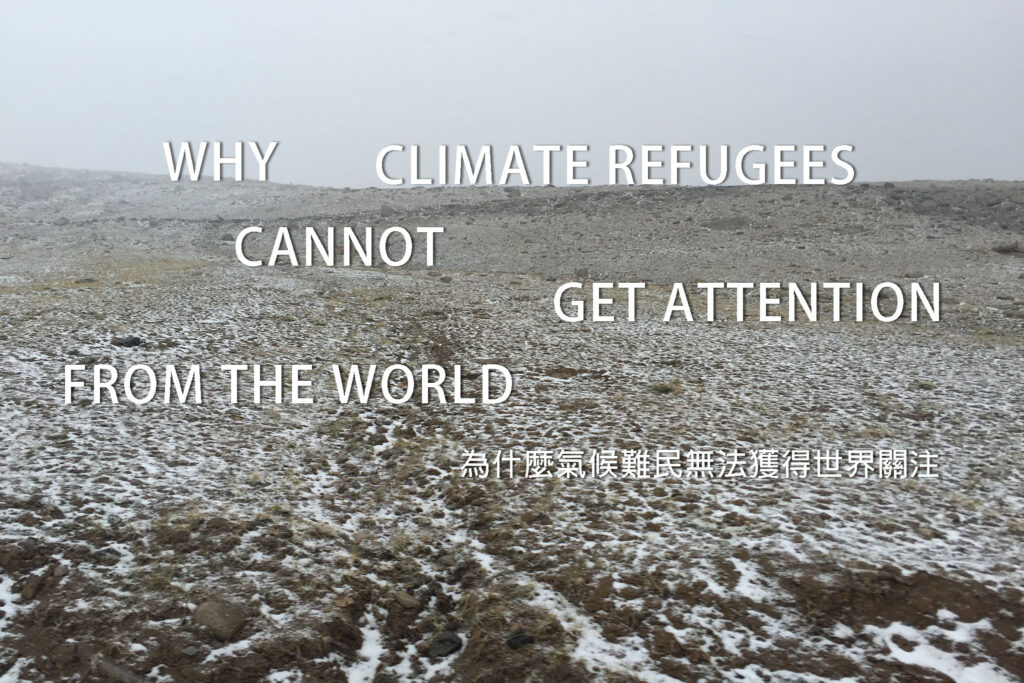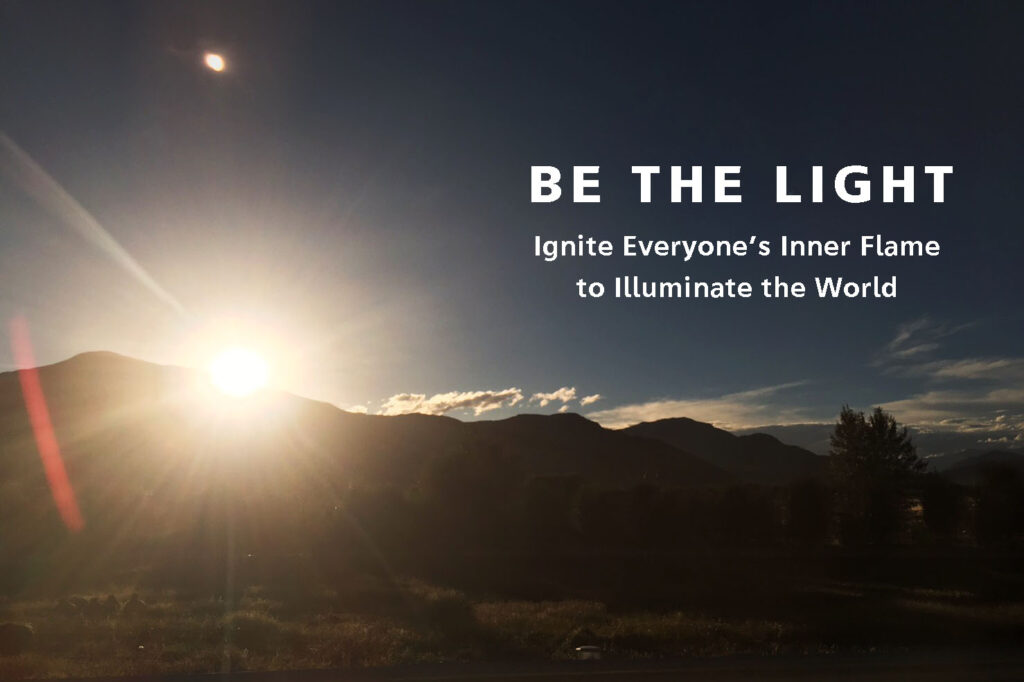
Climate refugees
What are climate refugees?
Climate refugees are people who must leave their homes and communities because of the effects of climate change and global warming.
Global warming is the most recent period of climate change. Human activities like burning fossil fuels and cutting down forests contribute to global warming because they release greenhouse gases. Greenhouse gases trap heat in the atmosphere.
Rising temperatures associated with global warming cause glaciers and ice caps to melt. This can cause flooding and make sea levels rise. Rising temperatures also lead to droughts and desertification—the transformation of arable land to desert. Some of these effects, such as sea level rise, can put land completely underwater, making it uninhabitable. Others effects, such as drought, make it impossible for people in the region to support themselves.
Read more: http://bit.ly/2qtKkJc
※Note: What is refugees?
Refugees are defined and protected in international law. The 1951 Refugee Convention is a key legal document and defines a refugee as:
“someone who is unable or unwilling to return to their country of origin owing to a well-founded fear of being persecuted for reasons of race, religion, nationality, membership of a particular social group, or political opinion.”
By the end of 2017, there were 25.4 million refugee men, women and children registered across the world.
Read more: http://bit.ly/2F3LrcF

Why climate refugees cannot get attention from the world?
Climate impacts that unravel over time, like desert expansion and sea level rise, are also forcing people from their homes: A World Bank report in March projects that within three of the most vulnerable regions — sub-Saharan Africa, South Asia and Latin America — 143 million people could be displaced by these impacts by 2050.
In Bangladesh, hundreds of thousands of people are routinely uprooted by coastal flooding, many making a treacherous journey to the slums of the capital, Dhaka. In West Africa, the almost total disappearance of Lake Chad because of desertification has empowered terrorists and forced more than four million people into camps.
It’s a problem in the United States as well. An estimated 2,300 Puerto Rican families displaced by Hurricane Maria are still looking for permanent housing, while government officials have spent years working to preemptively relocate more than a dozen small coastal communities in Alaska and Louisiana that are disappearing into the rising sea.
A December study by Columbia University climate researchers in the peer-reviewed journal Science projected that if global temperatures continue their upward march, applications for asylum to the European Union could increase 28 percent to nearly 450,000 per year by 2100.
But so far, there’s no international agreement on who should qualify as a climate refugee — much less a plan to manage the growing crisis.
And Alex Randall who is programme manager at the Climate and Migration Coalition said: climate change usually combines with other forces – like job opportunities or conflicts – to lead to someone moving. Disasters like drought, floods and hurricanes have always forced people move. As climate change makes these disasters worse, more people may move. But it’s difficult to say that any particular disaster only happened because of climate change.
So we’re in a tricky position. Climate change does play a role in changing patterns of disasters. And those disasters do cause people to move. But lots of other factors are involved too. This means that picking out one group of people to call “climate refugees” is very difficult.
Read more: https://n.pr/2qAgWkB http://bit.ly/2JIVZwB

What are situations climate refugees face?
Environmental refugees are not protected by international laws. They face greater political risks than refugees who flee their homes due to conflict or political oppression. Unlike traditional refugees, climate refugees may be sent back to their devastated homeland or forced into a refugee camp.
Most climate refugees are internal migrants. Internal migration is the process of people moving elsewhere in their own country. Often, climate refugees are rural and coastal residents who are forced to migrate to urban areas. These climate refugees face numerous problems. Skills such as herding and farming are not relevant in urban areas. Rural farmers are often more self-sufficient than many urban dwellers; they may not be familiar with depending on a corporation or other people for employment.
Climate refugees who migrate outside their home countries face other difficulties. They must adjust to different laws, languages, and cultures.
Read more: http://bit.ly/2qtKkJc

BE THE LIGHT
Ignite Everyone’s Inner Flame
To Illuminate the World